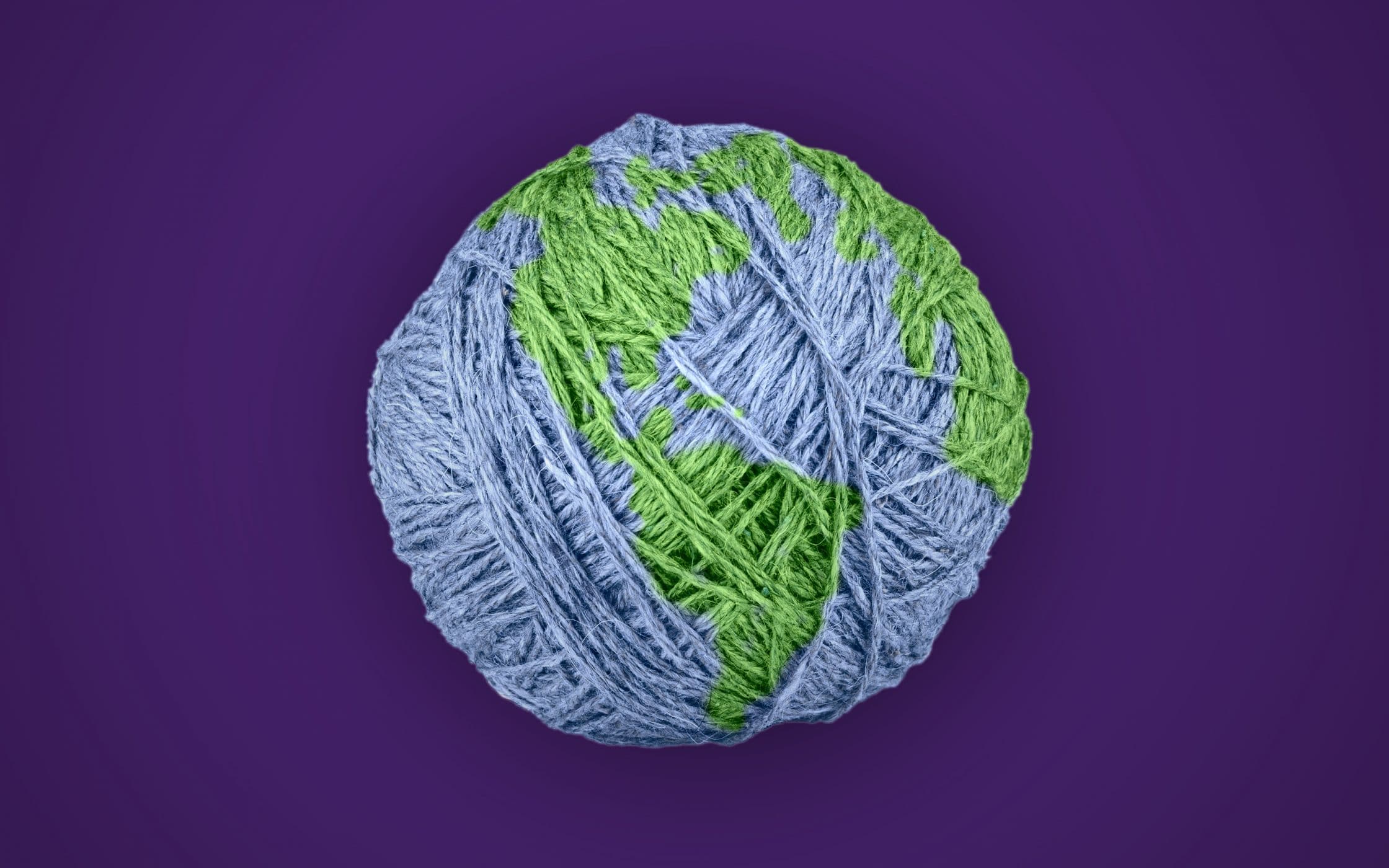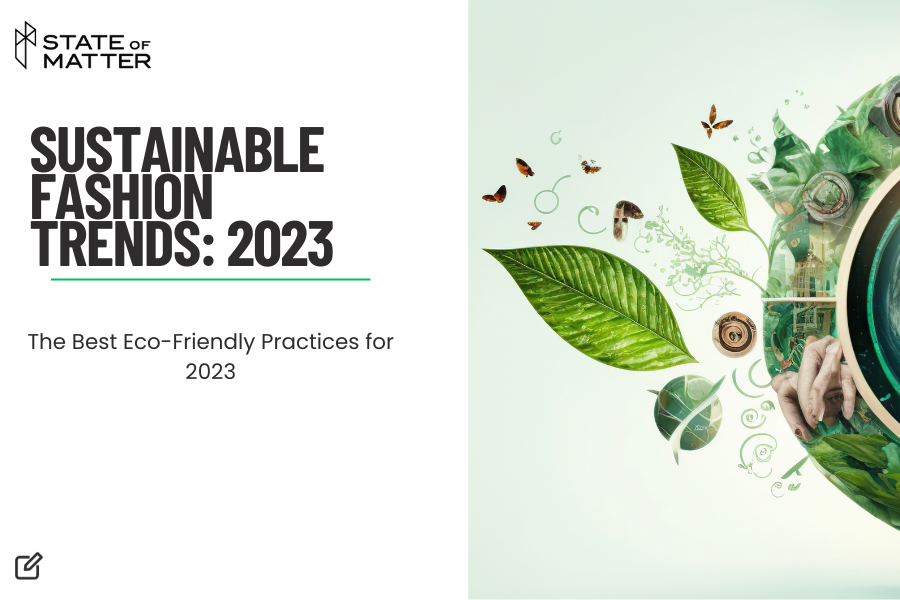Stay Ahead of the Curve by Checking Out Innovative Fashion Patterns
In a sector as vibrant as fashion, staying ahead involves even more than simply adhering to existing patterns-- it demands an expedition of technology. The merging of technology and style heralds a brand-new age of consumer engagement.

Accepting Smart Textiles
In current years, the garment industry has seen a transformative shift with the combination of wise textiles, a sophisticated technology that blends innovation with textile. This development represents not only a fusion of appearances and performance but additionally a considerable jump in the direction of sustainability and personalization in style. Smart textiles, also called e-textiles, installed sophisticated electronics such as sensing units and conductive strings within the textile, enabling garments to engage with the user or the setting.
These textiles are designed to monitor physiological specifications, such as heart rate or body temperature, offering real-time wellness analytics. Past health and wellness applications, wise textiles are additionally being made use of for flexible garments, which can alter color or pattern in reaction to environmental stimulations, thus offering a vibrant fashion experience.
In addition, the advancement of energy-harvesting textiles that create power from movement or sunshine is leading the way for self-sufficient wearable technology. This technology is attracting environmentally conscious consumers and designers aiming to decrease the ecological footprint of style. As r & d in this field advance, wise textiles are anticipated to end up being progressively common, improving the landscape of modern fashion with their multifunctional capabilities.
The Surge of 3D Printing
Changing the production landscape, 3D printing has emerged as a game-changer in the apparel industry. This cutting-edge modern technology has actually enabled developers to push the limits of imagination, generating detailed and personalized garments that were formerly inconceivable. By leveraging digital style and additive production, 3D printing helps with the development of intricate geometries and patterns, enabling designers to experiment with brand-new textures and frameworks.
A noteworthy benefit of 3D printing in vogue is its capability to generate on-demand, decreasing waste and lowering stock needs. This performance not just optimizes production processes however likewise enables for rapid prototyping, allowing developers to bring their visions to life in a much shorter duration. Moreover, 3D printing supports customization to a level unmatched by typical techniques, offering unique designs and personalized fits customized to specific customer preferences.
The surge of 3D printing has actually additionally equalized fashion, making it accessible to emerging designers that can now make top notch items without substantial monetary investment in standard production facilities. As technology remains to development, the fashion business is positioned to harness the full possibility of 3D printing, discovering new products and techniques that will undoubtedly redefine exactly how style is developed and produced.
Lasting Style Technologies
As the apparel industry comes to grips with journalism requirement for environmental duty, sustainable fashion technologies have actually arised at the forefront of transformative modification. The expanding awareness of environmental effect has fueled a change towards even more eco-conscious practices and materials. Brands and designers are currently focusing on sustainability, integrating approaches that lessen waste and lower carbon impacts.
One significant development is the rise of circular fashion, which stresses recycling and upcycling to prolong the lifecycle of garments. This strategy not only reduces waste however additionally motivates customers to adopt a much more conscious method to apparel consumption.
One more breakthrough hinges on the fostering of innovative dyeing methods that make use of waterless processes or all-natural dyes, thereby minimizing the substantial amounts of water and chemicals generally used in textile dyeing. Moreover, advancements in biotechnology have caused the production of lab-grown leather and fabrics, using cruelty-free and eco friendly options to standard products. Via these pioneering efforts, the fashion business is making significant strides towards a much more lasting future.

Tech-Integrated Apparel
Tech-integrated apparel stands for a cutting-edge combination of fashion and technology, improving exactly how individuals interact with their apparel. This cutting-edge domain is marked by the incorporation of wise textiles and ingrained digital components, boosting both performance and aesthetic allure. From physical fitness trackers embedded in sports apparel to warmed jackets regulated by means of smartphone applications, tech-integrated clothing offers customers unmatched convenience and flexibility.
Pioneering brands are driving this trend, focusing on creating garments that react to environmental stimuli or user commands. For example, some garments can change color or pattern in reaction to temperature shifts, while others integrate biometric sensors to keep an eye on wellness metrics like heart price or anxiety degrees. The smooth combination of innovation right into textiles also encompasses environmental sustainability, with initiatives to create self-cleaning materials or garments that change to weather conditions, thus minimizing the demand for several layers.
Additionally, the introduction of wearable technology is not simply restricted to clothes but expands to devices like watches and eyewear, more expanding the range of tech-integrated style. As the market continues to introduce, the capacity for customization and customization in clothing grows, supplying consumers unique, tech-enhanced style experiences that cater to their specific requirements and preferences.
Future of Virtual Style
In recent years, the future of digital fashion has actually become a transformative pressure within the market, leveraging advancements in electronic technology to redefine just how fashion is developed, experienced, and consumed. By incorporating augmented fact (AR), virtual fact (VIRTUAL REALITY), and 3D style devices, designers can currently craft immersive and interactive experiences that go beyond traditional style boundaries. Online style permits the production of garments that exist entirely in electronic environments, using endless possibilities for technology without the restrictions of his explanation physical manufacturing.
This digital shift not just offers chances for imaginative expression but likewise addresses sustainability problems inherent in standard style practices. Cape Town Sustainable Fashion. By getting rid of the requirement for physical sources, virtual fashion minimizes waste and minimizes carbon footprints. Moreover, the surge of virtual fashion lines up with the raising consumer demand for personalized and distinct experiences, as online garments can be tailored and customized to specific choices easily

Final Thought
The fashion market's future lies in the assimilation of lasting techniques and innovative innovations. Online style is poised to redefine consumer interactions.
In current years, the style industry has experienced a Continued transformative change with the assimilation of smart textiles, a sophisticated innovation that blends technology with material.As the style look here sector grapples with the pushing demand for environmental responsibility, sustainable style advancements have actually arised at the center of transformative change.In recent years, the future of virtual fashion has emerged as a transformative force within the industry, leveraging developments in digital innovation to redefine exactly how fashion is produced, experienced, and taken in. The increase of online style lines up with the boosting customer demand for individualized and special experiences, as online garments can be personalized and tailored to individual preferences with ease.
The style sector's future lies in the combination of ingenious innovations and sustainable practices.